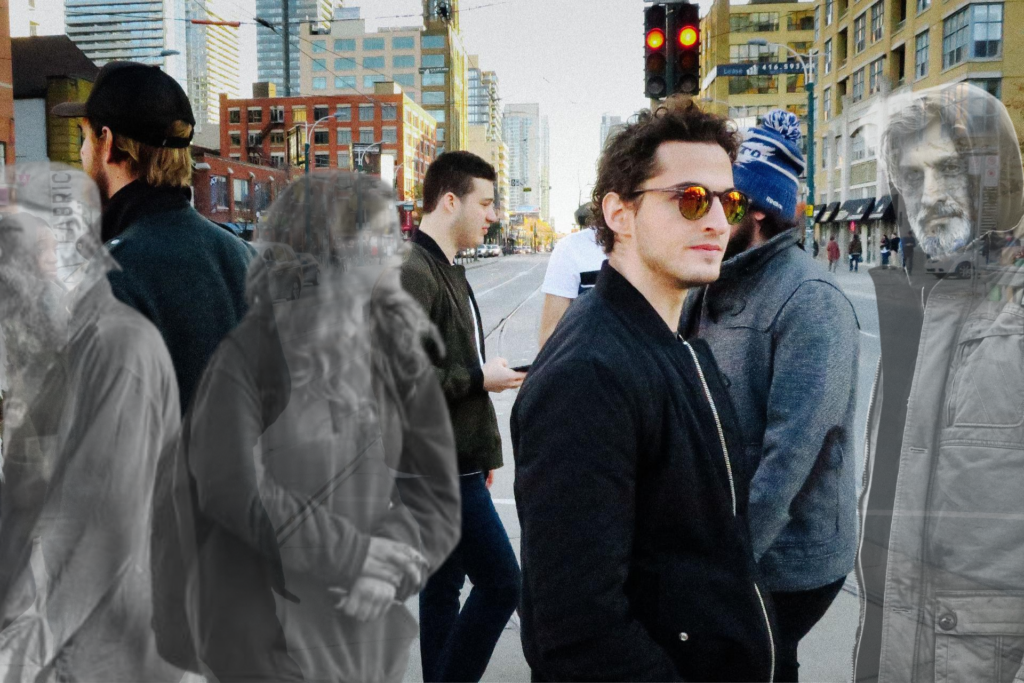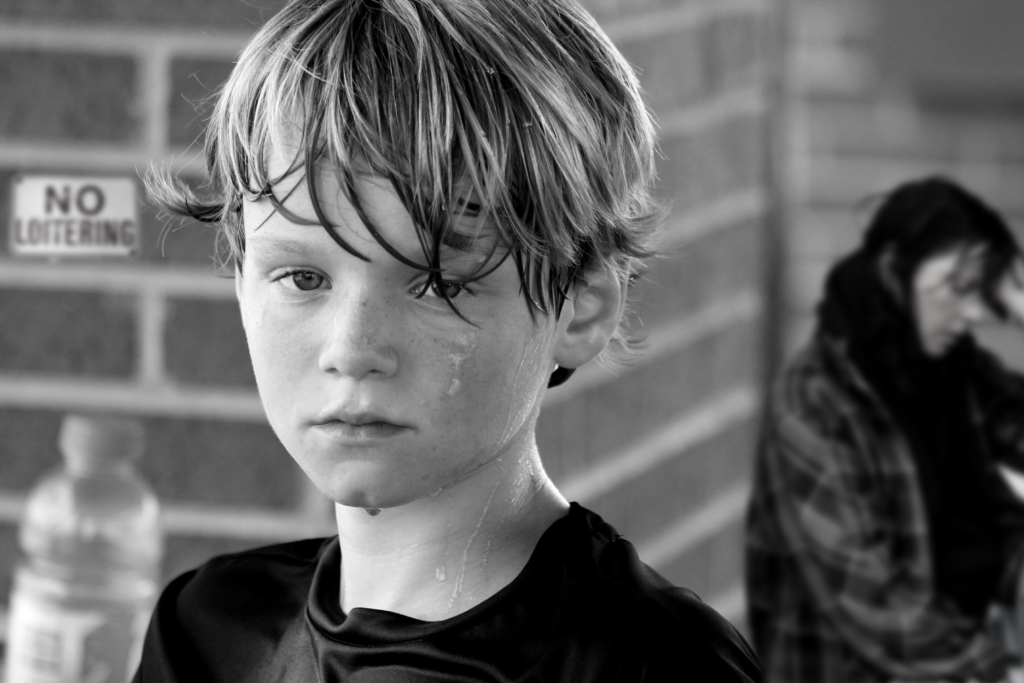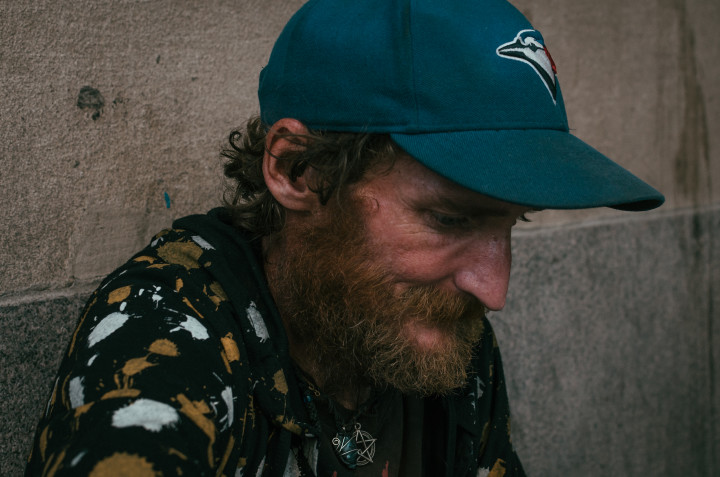The Cure for Homelessness: It’s An Inside Job—with Outside Help ( Part One)
This three-part article explores the following key points about homelessness:
- How it feels to be homeless from the people who’ve lived it
- The debilitating mindset that all homeless people have in common
- What helps break the cycle of being unable to think like a person with a future
- How all addictions—no matter what they may be—are exactly alike.
- Why homelessness has nothing to do with housing
- A big reason we avoid the homeless
- Why rescue missions are the best bridge from homelessness to home

Part One: Unsheltered: How Does It Feel?
“Few people choose to be homeless. Those who sleep on the streets are guarding the only possession they feel they have left: their personal freedom.” –P. Dyan
“Freedom’s just another word for nothing left to lose,” penned singer-songwriter Kris Kristofferson in his 60s hit song, Me and Bobby McGee. “It sounds liberating,” Kristofferson said in an interview. “But what that line really expresses is the double-edged sword that freedom is…you may be free, but it can be painful to be that free.” Barb, a former homeless person-turned-successful-business woman, sums up that feeling this way: “Exposed, naked and alienated…that’s pretty much how it feels to live ‘free’ on the street.”
“Homeless, and avoided by polite society, you spend all day looking for hot meals, a place to sit without being told to ‘move on,’ somewhere to take care of bathroom needs and a dry quiet warm space to sleep,” says Barb. “There are no safe places to store belongings. It’s also hard to get a job when you don’t have an address. Grooming, bathing…even getting a glass of water is a challenge. You walk everywhere. Transportation and laundromats are not free. In so many little ways, you’re constantly reminded that you’re nothing without money.”
The Other Side of Disdain
Alan, a disabled vet would agree with that description. “It’s a day-in-and-day-out dehumanizing existence,” he says. Of course, most people would never say that a home-less person is any less of a human being. After all, it sounds judgmental and heartless to say anything of that nature…at least aloud. But the common practice of avoiding contact with the homeless because we’re uncomfortable with the fears and insecurities such people bring out in us, tells a different story.
Imagine what it feels like being on the other side of that disdain.

“It’s very hard. At times, it’s hellish. The people you think you know become strangers. Society looks down on you. You have no value in their eyes. All you accomplished before the fall doesn’t count. Falling is so easy. Getting back up is a tooth and nail fight. God is the only one that has stood by me. That’s why keeping the faith and never giving up hope is the most important thing you can do when all seems lost. Remember, it’s not what they call you, it’s what you answer to that matters.” – Rita L., formerly homeless
Blue Moon Visitors
The truth is people become homeless for a myriad of reasons—it’s not just because of addiction and mental illness. But whatever the reasons for their plight, a hopeless and defeatist mindset is common to most people living on the street.

“With homelessness, poverty is not just a case of having no money, no roof or mattress. It’s also a mental condition, so the very act of asking or finding resources is a feat. A homeless person doesn’t have to be drunk or drugged to think this way. When you’re sat against a wall with no place to go for a future you are set apart from most of everyone. That’s when you know there is a class system. The minority will say, sorry, no change, or drop some and move on. Fewer will talk to you.” “It’s a blue moon visitor who will actually try to get you out of your cycle of being unable to think like a person with a chance.” – Doug, formerly homeless
Most homeless people need a lot more help to get “past their past” and envision a future. While some are able to “snap out of it,” and become self-actualizing enough to change their future, most can’t—or won’t. They need those “blue moon” people who care—and care enough to keep coming back.

You Can’t Change What You Can’t See
If they don’t see a future, they won’t change it. The result will be catastrophic: a wasted life. If a homeless person remains on the street long enough, they’ll give up dreaming and aspire to nothing. Resigned to live from hand to mouth, spot to spot, fix to fix, they won’t even seek, or will give up seeking, a life of significance. They won’t even ask the existential question we were all divinely wired to know the answer to: “Why was I born and what is my purpose?”

Clearly, it’s not how they were created to be. “Without a vision, the people perish,” the Bible tells us. Before their end comes, which is usually an untimely one, there has already been a kind of perishing by degrees—a life lived in shame and self-hatred masked by a “I don’t need anybody” false bravado. Pride, pain and purposelessness—a state of existence made even worse by chemically induced states of self-delusion and invincibility—is a life-sucking, dream-killing combination.
The pain of that shame—easily discerned in the tired and weathered faces of the men and women who’ve become used to being discounted, runs deep. Yet if truth be told, it only reveals—in a glaringly obvious way—what more “respectable” people manage to hide.
Us vs. Them
“Normal” people, aka “the sheltered” can easily hide their stuff from prying eyes. A roof, four walls and a closed door make that a lot easier. Because of this, they’re often quick to judge those who can’t [hide]. It makes them feel better about their own lives, even though in God’s eyes, their private life could look very similar to the guy on the street for one simple reason: “Man looks on the outside, God judges the heart” (I Sam. 16:7). It’s a sobering truth.

It’s also easy to assume that all homeless people are far from God. I mean, they look far from God. Yet who’s to say that the unsheltered person isn’t desperately crying out to God, and even connecting with his Creator in a way they never could have had they a lot of this world’s “trappings” in the way? They know they’re sick, they know they’re broken, they know they’re trapped (by addiction or other factors). The key word here is “know.” Most homeless people are acutely aware of their failings, and at least a certain portion of them know they’re in need of some divine intervention. Those are the people Jesus was drawn to. “Jesus said to them, “It is not the healthy who need a doctor, but the sick. I have not come to call the righteous, but sinners.”

On the other hand, the “normal” person could be trapped in a whole slew of addictive behaviors—albeit socially respectable ones—and not even know it. They could even feel comfortable in their “religious affiliation” with their Creator, but they never feel that gut-wrenching desperation, never feel the need to seek His heart or surrender more than a portion of their lives to Him. Why should they? They have so much to insulate them from the harsher realities of life. They don’t steal, they don’t shoot up, they don’t defecate behind a building, and they don’t walk around with bloodied feet because of a fungus infection, or with festering sores on their face because of a meth addiction.
On the street, sin looks ugly. Behind four walls, sin deceives us with its respectability.
Click here to read PART TWO: The Homeless Heart—How We’re All Unsheltered


